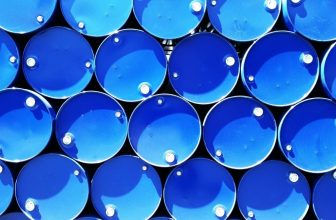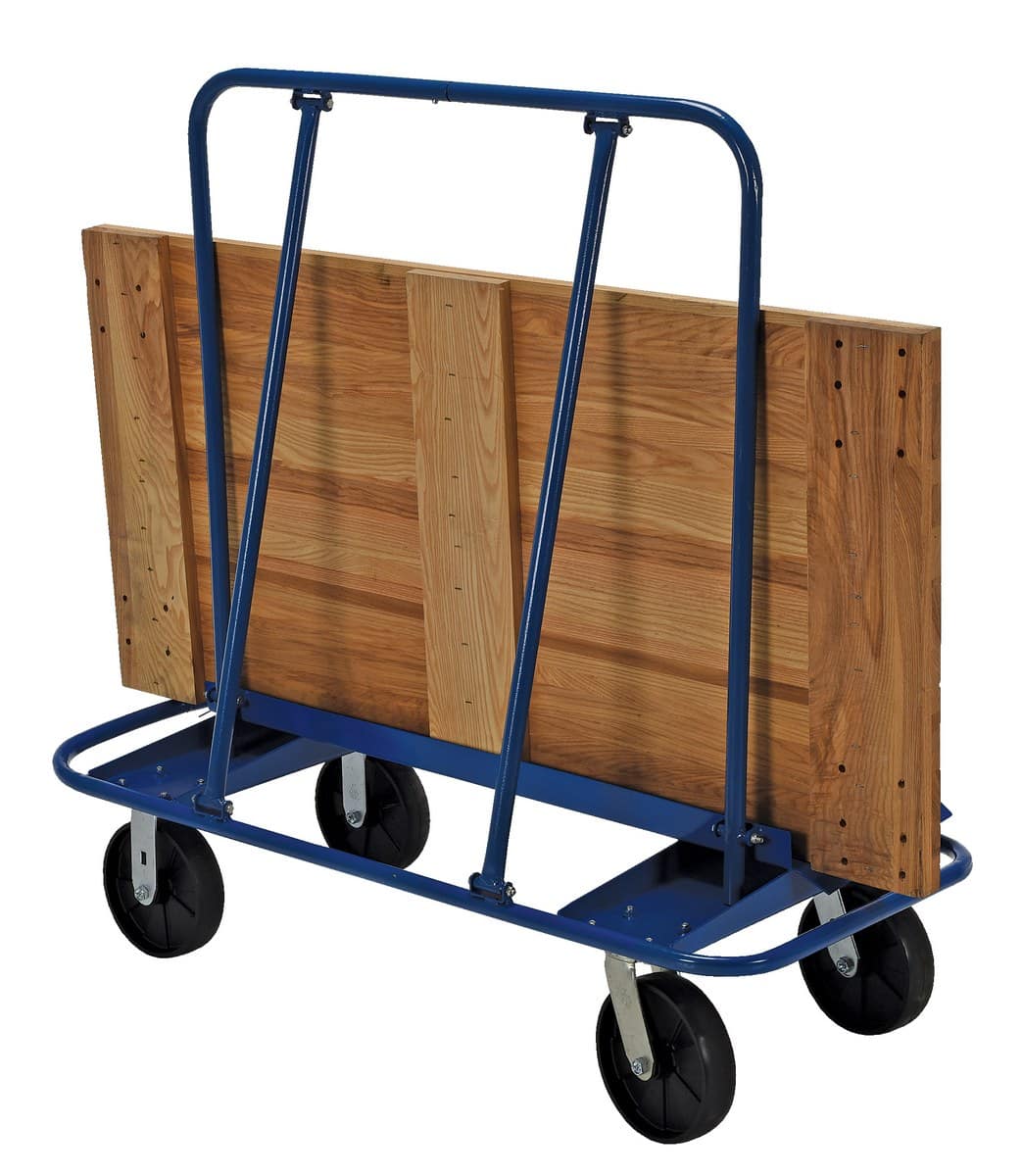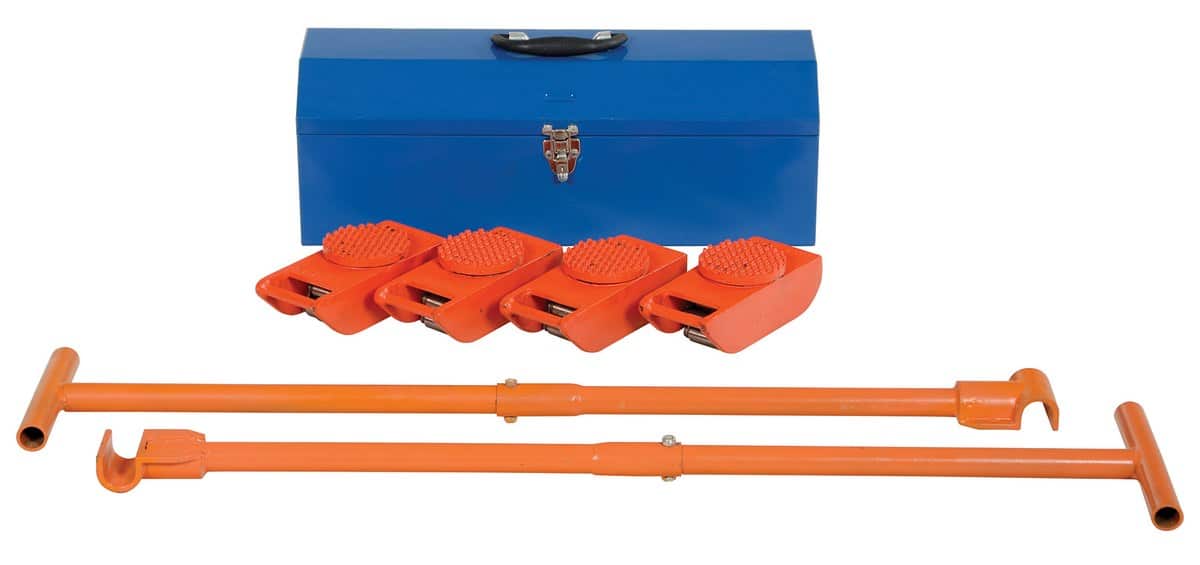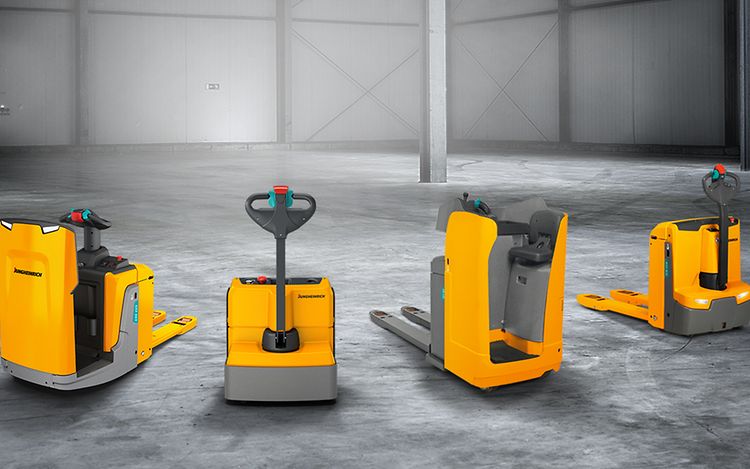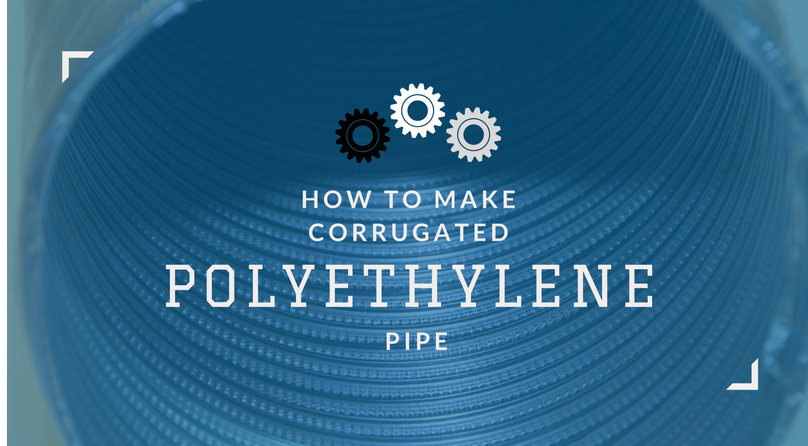
Polyethylene can be used in more than just pallets. Piping, for instance, has a tremendous amount of uses and there are many different types of it. Today, we will be focusing on one specific kind of pipe: the Corrugated Polyethylene Pipe. These corrugated pipes serve their purpose by preventing streets from floods. In today’s video, we will be looking at how corrugated polyethylene pipes are made from high-density polyethylene plastic (HDPE):
- The pipe factory combines three types of HDPE pellets (Proportions depend on the pipes intended use):
- Plain pellets
- Recycled pellets
- UV-resistant pellets
- A mixer transfers the pellets in an extruder and heats the pellets to about 450°F in order to liquefy them.
- The extruder injects the liquefied HDPE into a mold that is in the shape of the corrugated pipe. Vacuum pressure is used to spread the HDPE evenly into each and every crevice.
- When extracting the pipe from the mold, a built-in cooling system hardens the plastic and sends it through cold water.
- The pipe goes through a perforator which punctures holes around the circumference. The holes, which vary by model, serve two purposes:
- Makes the pipe lighter resulting in easier transport and installation.
- Enables water to enter the pipe continually at any location, and flow to the end and drain out.
- A machine wraps the pipe in a filter cloth that is made out of polyester. This corrugated polyethylene pipe is finished and ready to be packaged and shipped out.
- The packaging line is exceedingly computerized. Mechanized equipment coils the pipe and ties the coils at several different spots so that it does not unravel during shipping. The filter cloth allows the piping to stay free of dirt, moisture, and light.





